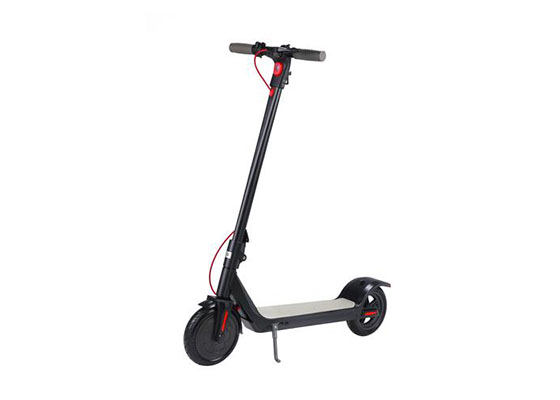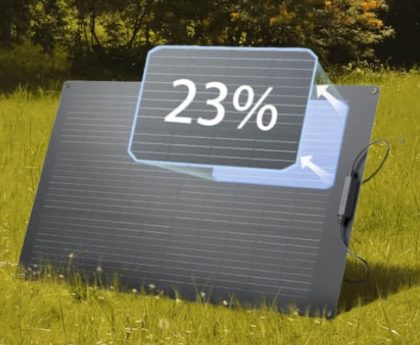Electric scooters have gained immense popularity in recent years as a convenient and eco-friendly mode of transportation. With their compact size and electric power, many scooter enthusiasts wonder if these vehicles can be ridden on the road alongside cars and motorcycles. In this article, we will explore the legal considerations, roadworthiness, infrastructure requirements, and the benefits and challenges of electric scooters on the road.
Legal Considerations
Before taking your electric scooter onto the road, it’s crucial to understand the laws and regulations governing their use. The specific regulations can vary between jurisdictions, so it’s important to check your local laws. Here are some common legal considerations:
- Local regulations and restrictions: Some cities have specific rules regarding where electric scooters can be ridden. They may limit scooter access to certain areas or require riders to stay within designated bike lanes or shared paths.
- Age and licensing requirements: Depending on your location, there may be age restrictions for operating electric scooters on the road. Some regions may require a valid driver’s license or a special permit for scooter riders.
- Speed limits and designated areas: Electric scooters are generally not designed for high-speed travel. There may be speed limits imposed on scooter riders, and certain areas like highways may be off-limits for electric scooters.
Roadworthiness of Electric Scooters
Safety should always be a top priority when considering riding an electric scooter on the road. Here are some factors to consider regarding the roadworthiness of electric scooters:
Safety features of electric scooters
Electric scooters typically come equipped with safety features to enhance rider visibility and control. These features may include:
- Lights and reflectors: Electric scooters often have headlights, taillights, and reflectors to improve visibility, especially during low-light conditions.
- Braking systems: Scooters are equipped with efficient braking systems, including disc or drum brakes, to ensure prompt and reliable stopping power.
- Stability and balance: Most electric scooters have sturdy frames and a low center of gravity to enhance stability and balance while riding.
Comparing electric scooters to other road vehicles
Electric scooters have distinct characteristics that differentiate them from traditional road vehicles. Understanding these differences is crucial for both riders and other road users:
- Speed and acceleration capabilities: Electric scooters generally have lower top speeds and slower acceleration compared to cars or motorcycles. This makes them more suitable for urban environments with lower speed limits.
- Maneuverability and size: Electric scooters are compact and agile, allowing riders to navigate through traffic and narrow spaces more easily. However, this also means they may be less visible to larger vehicles, requiring extra caution from riders.
- Impact on traffic flow: With their ability to weave through traffic and occupy less space, electric scooters can contribute to more efficient traffic flow, especially in congested urban areas.
Infrastructure and Accessibility
For electric scooters to be safely integrated into road traffic, appropriate infrastructure and accessibility measures are necessary. Consider the following:
Electric scooter infrastructure
To support the use of electric scooters on the road, cities need to develop adequate infrastructure, including:
- Bike lanes and shared paths: Designated lanes for bicycles and electric scooters provide a safer environment for riders and separate them from motorized traffic.
- Charging stations and battery range: Access to charging stations is crucial for longer scooter trips. Expanding the charging infrastructure helps ensure riders can conveniently recharge their scooters when needed.
- Parking and storage options: Providing designated parking spaces or scooter racks encourages responsible parking practices and prevents obstruction of pedestrian walkways.
Accessibility for different demographics
Efforts should be made to ensure that electric scooters are accessible to various demographics, including:
- People with disabilities: Accessibility features such as adjustable seats, hand controls, and additional stability support can make electric scooters more inclusive for individuals with disabilities.
- Commuters and last-mile transportation: Electric scooters offer a convenient solution for short-distance commuting and bridging the gap between public transportation and final destinations. Making them accessible and available in key areas can encourage their use for daily commuting.
Benefits and Challenges
Before hitting the road with your electric scooter, it’s important to consider the benefits and challenges associated with their use. Here are some key points to consider:
Environmental benefits
- Reduction in carbon emissions: Electric scooters produce zero tailpipe emissions, contributing to a cleaner and greener environment. They can play a part in reducing air pollution and combatting climate change.
- Noise pollution reduction: Compared to conventional gas-powered vehicles, electric scooters operate quietly, minimizing noise pollution in urban areas.
Challenges and concerns
- Pedestrian safety: Electric scooters sharing the road with pedestrians can pose safety challenges. It’s essential for riders to be mindful of pedestrians and follow local regulations to ensure a safe coexistence.
- Integration with existing transportation systems: Integrating electric scooters into existing transportation systems requires careful planning and coordination. Cooperation between scooter operators, local authorities, and transportation agencies is crucial to ensure a seamless integration.
- Vehicle and rider insurance coverage: Determining insurance coverage for electric scooters can be complex. It’s advisable to check with your insurance provider regarding coverage options for both the scooter and the rider.
Related:
Are Electric Scooters Legal in Victoria?
Conclusion
Electric scooters can indeed go on the road, but it’s essential to navigate within the legal framework, prioritize safety, and ensure proper infrastructure and accessibility. With the right regulations, infrastructure, and responsible rider behavior, electric scooters can provide a sustainable and efficient transportation option for urban environments. As the popularity of electric scooters continues to grow, it is important for policymakers, urban planners, and riders to work together to create a harmonious and safe environment for all road users.
So, whether you’re considering incorporating an electric scooter into your daily commute or simply want to enjoy a leisurely ride, understanding the legal considerations, evaluating the roadworthiness, and being mindful of the infrastructure and challenges will help ensure a positive experience on the road. Embrace the convenience and eco-friendliness of electric scooters while prioritizing safety and responsible riding habits.
Remember, the road is meant to be shared, so let’s strive for a harmonious coexistence of all modes of transportation for a better and more sustainable future.




